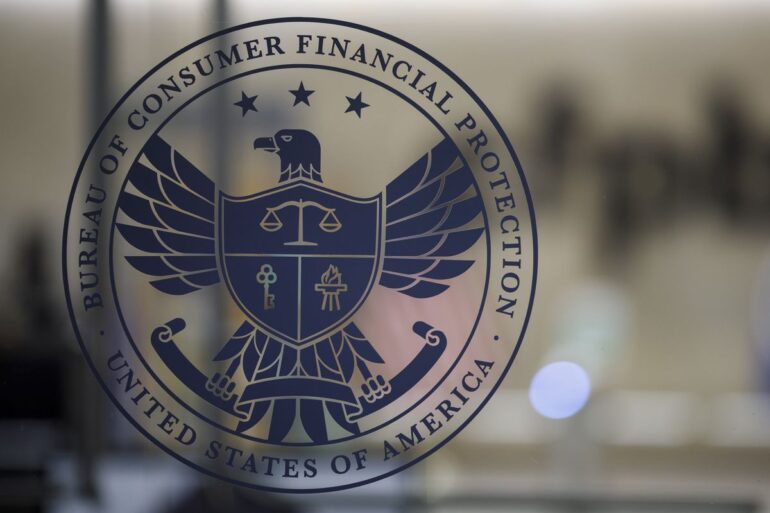TL;DR:
- The Consumer Financial Protection Bureau (CFPB) has analyzed the increasing use of chatbots in the financial industry.
- Chatbots are AI-powered virtual assistants designed to reduce costs and improve customer service in banking.
- However, customer complaints regarding chatbot limitations and inadequate support have raised concerns.
- Financial institutions are integrating AI technologies to steer customers towards chatbot interactions, aiming to enhance efficiency.
- Approximately 37% of the US population interacted with bank chatbots in 2022, and this figure is expected to grow.
- Rule-based chatbots and advanced generative chatbots are being used to engage with customers and provide various services.
- Risks associated with chatbot usage include noncompliance with consumer financial protection laws, diminished customer service and trust, and potential harm to consumers.
- Financial institutions should exercise caution and avoid relying solely on chatbots when they cannot meet customer needs.
- Compliance with existing laws and regulations is crucial, and market participants must strive to improve customer care.
Main AI News:
In a move that reflects the rapidly changing landscape of customer service in the financial sector, the Consumer Financial Protection Bureau (CFPB) has released an issue spotlight that delves into the expanding use of chatbots by financial institutions. These virtual assistants, powered by artificial intelligence (AI), have gained significant traction for their ability to mimic human-like interactions and streamline customer support processes, all while reducing costs. However, the CFPB has received a considerable number of complaints from frustrated customers who have encountered challenges in obtaining timely and straightforward answers or addressing concerns through these automated systems.
The fundamental premise of relationship banking lies in the engagement between financial institutions and their customers. Resolving problems and providing accurate information are pivotal aspects of this relationship. Recognizing the potential drawbacks of poorly implemented chatbot systems, CFPB Director Rohit Chopra warns, “A poorly deployed chatbot can lead to customer frustration, reduced trust, and even violations of the law.” Consequently, financial institutions are increasingly integrating AI technologies to guide customers toward chatbot interactions, aiming to optimize efficiency and cost-effectiveness.
Estimations suggest that approximately 37% of the United States population interacted with a bank’s chatbot in 2022, a figure expected to continue its upward trajectory. Among the top ten commercial banks nationwide, all employ chatbots of varying complexities to engage with their customer base. Advertisements highlight various features offered by these chatbots, such as retrieving account balances, accessing recent transactions, and facilitating bill payments.
Many financial institutions rely on rule-based chatbots, which utilize decision tree logic, keyword databases, or emojis to trigger pre-programmed responses or redirect customers to Frequently Asked Questions (FAQs). On the other hand, some institutions have developed their own chatbots by training algorithms with actual customer conversations and chat logs, exemplified by Capital One’s Eno and Bank of America’s Erica. More recently, the banking industry has embraced advanced technologies, including generative chatbots, to meet evolving customer service demands.
The inherent complexity of financial products and services means that information sought by consumers may not always be easily retrievable or condensed into standard FAQ responses. Therefore, financial institutions must exercise caution when adopting chatbots as their primary customer service delivery channel, especially when it becomes evident that the chatbot cannot adequately address customer needs.
The CFPB issue spotlight has highlighted several risks associated with the use of chatbots, including potential noncompliance with federal consumer financial protection laws. Financial institutions face the risk of chatbots providing inaccurate information or failing to recognize when consumers invoke their federal rights. Additionally, there are concerns about the protection of consumer privacy and data.
Diminished customer service and trust are also key concerns, as customers may face repetitive loops of unhelpful jargon and struggle to access human customer service representatives when urgent assistance is required. Consequently, these interactions can erode customer confidence in financial institutions. Moreover, inaccuracies in chatbot responses regarding financial products or services can lead to significant harm, such as consumers selecting the wrong product or being subjected to fees or penalties due to misinformation regarding payments.
Financial institutions bear various legal responsibilities under federal consumer financial protection laws, including obligations to respond to consumer disputes, questions, and competently engage with customers regarding financial products or services. As market participants continue to leverage new technologies, it is crucial for them to ensure compliance with existing laws and, ideally, enhance the quality of customer care.
The CFPB is actively monitoring the market and expects institutions using chatbots to align their practices with customer and legal obligations. Additionally, the bureau encourages individuals encountering difficulties obtaining answers to their questions due to a lack of human interaction to submit a consumer complaint for further investigation and resolution.
Conclusion:
The widespread adoption of AI chatbots in the banking industry presents both opportunities and challenges. While chatbots offer cost-effective customer service solutions, their deployment and integration need to be carefully executed. Financial institutions must ensure compliance with consumer financial protection laws and prioritize customer satisfaction to maintain trust and confidence. Striking a balance between automation and human interaction is crucial for delivering optimal customer care in the evolving market landscape.

